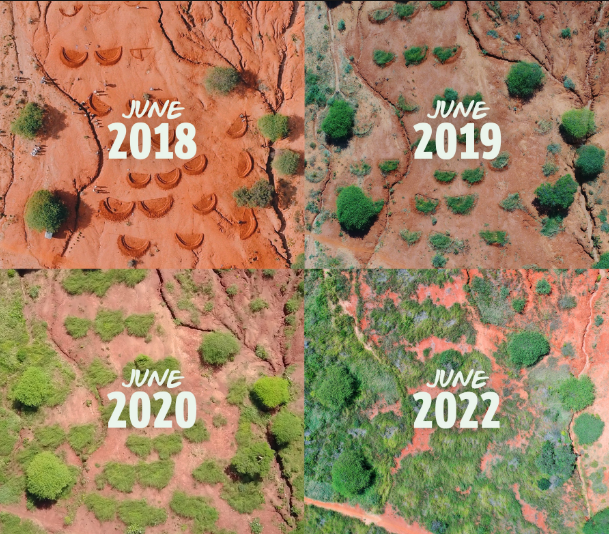@shalafi@lemmy.world , do you have any advice by any chance?
Blair
Thanks for explaining! I don't have a 3D printer, but maybe someday I will work up to a setup like yours!
Thank you so much! You and that post answered my questions perfectly
Thank you so much! This is amazing information
Thanks for explaining that! Your system looks great(it is even cat approved).
I am thinking of just starting with some leafy greens (like Swiss chard, kale, or spinach) on a budget, but there are so many different hydroponic builds it can get overwhelming haha. I will look more into the DWC system!
I like the idea of a wicker basket coffin with natural-fiber clothes....and an added sword just to confuse future archaeologists •ˋᴗˊ•
Haha! I think they just mean in comparison to chickens, which will even use their claws to scratch everything up while they forage, but your duck experience made me laugh. They sound like a handful of trouble.
Thanks for letting me know! I’ll absolutely check it out right away
Some do! The food forest method is very popular with fans of permaculture, and companion planting (like The Three Sisters) is sometime brought up in the community.
As far as I know (I have never 3D printed), yes. I vaguely remember a guy who tows around a 3D printer on his bike into parks, and prints parts for people. It wouldn’t be instant(I’m guessing they tell the person to come back later), but it is possible. I’ll try to find the video haha.
Keeping in mind I’ve never 3D printed, here are some sites that look promising.
https://www.traceparts.com/en https://grabcad.com/library
Also, I’ve seen tutorials for 3D printing on Instructables, and people sometimes give download files in the instructions.






















Sorry! I have dyscalculia, so I'll admit I didn't try to analyze the numbers at all. I can delete the post